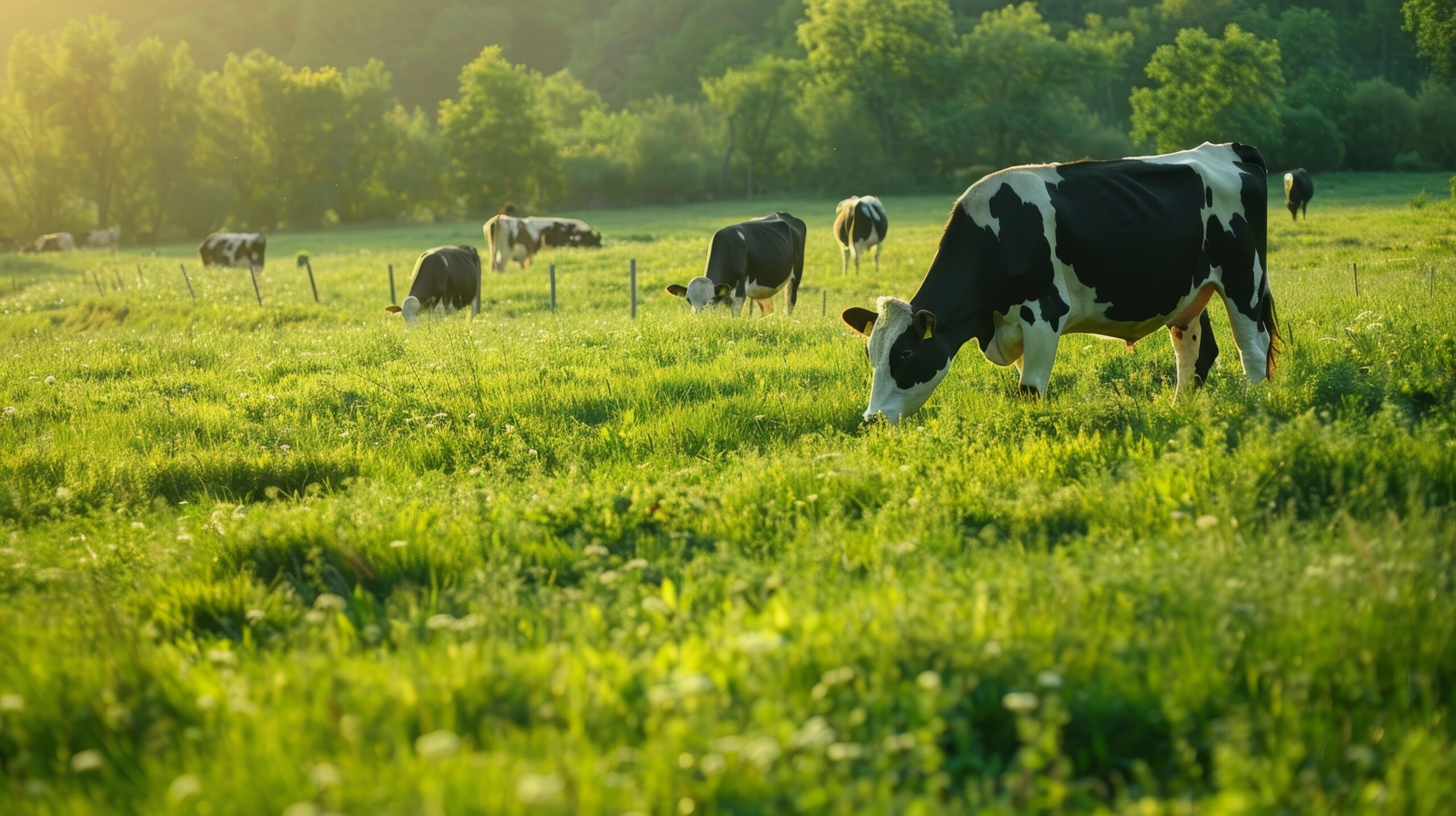Pasture Maintenance Tips: How to Keep Your Forage Healthy Year-Round

Taking care of pastureland requires more than just overseeding and grazing. Proper pasture maintenance is key to long-term productivity, and it involves consistent upkeep strategies such as mowing, fertilization, and weed control throughout the year. Well-maintained pastures provide better forage, resist weeds, and recover faster from grazing. This post will cover some of the best pasture maintenance tips, whether you’re new to this world, or a lifelong veteran.
Why Pasture Maintenance Matters
Pastureland is far from self-sustaining. Without proper upkeep, pastures fall into disarray over time, succumbing to invasive plants, overgrazing, soil degradation, and disease. Consistent care extends the lifespan of your pasture, prevents weed takeover, and reduces the thinning of your forage. If you want to promote healthier livestock and better soil structure over time, pasture maintenance is essential.
How Often Should I Mow My Pasture?
When figuring out how to maintain a pasture, one of the first questions people ask is how often to mow. With animals grazing, mowing might seem unnecessary, but it helps keep growth uniform and prevent weeds.
During active growth, the recommended mowing frequency is every 4–6 weeks. Just be sure to leave 3–4 inches of height to support regrowth.
You can also implement mowing after grazing, as this practice can promote recovery and reduce selective grazing patterns.
What Fertilization Schedule Should I Follow?
One of the best pasture maintenance tips is to follow a fertilization schedule. Depending on your forage type, and your pasture’s specific needs, you should apply fertilizer twice per year. Many people choose spring and early fall for application, but you may need to adopt a different schedule.
Start with a soil test to assess nitrogen, phosphorus, potassium, and pH. The results of soil tests (which should be done every 2 years or so) will inform you on which fertilizer to use, and how much to apply. For example, if your soil has a high pH you may need to add sulfur, or an acidifying fertilizer. If your soil is low in nitrogen levels, you’ll need to add organic matter, or high-nitrogen fertilizer. There is no one-size-fits-all approach to pasture fertilization.
While fertilization is a crucial part of pasture maintenance, avoid over-fertilizing. This can harm livestock, create an imbalance, or lead to nutrient runoff.
Rotate Grazing to Prevent Overuse
Rotational grazing allows pastures time to rest and regrow, and prevents soil compaction. It also reduces overgrazing stress on your land. As a general rule, allow forage to regrow to 6–8 inches before grazing again. For some, this will entail moving animals once a month, while others may need to move animals every week. Frequency depends on the size of your pasture, the number of animals grazing, and how your land is divided. Use fencing or moveable paddocks to manage livestock movement.
Manage Weeds Before They Spread
Another crucial part of learning how to maintain a pasture is weed management. It may be tempting to leave weeds for later when you first spot them, but these invasive plants always grow faster than you think. Addressing weeds early is crucial.
Prevent weed dominance by mowing, spot-spraying, and hand-pulling — long before they have a chance to flower and spread. This kind of integrated weed management yields the best results.
Watch for Bare Spots and Overseed as Needed
Another pasture maintenance priority is overseeding. By regularly monitoring pasture density, you can identify thinning forage and bare spots early. Choose pasture seed blends that match your pasture type and livestock use, and overseed thin areas to maintain healthy ground cover. Overseeding is typically done once a year as a part of regular pasture maintenance.
Monitor Soil Health
Soil tests should be done at least once every 3 years, but you may benefit from more frequent testing if you have concerns about forage growth. As you complete a soil test, look for changes in fertility, pH, and organic matter levels. You can then adjust your fertilization plan based on updated results. Healthy soil is a crucial part of pasture maintenance, as it lays the groundwork for everything else to thrive.
Conclusion
Figuring out how to maintain a pasture can take a lot of trial and error, but following these tried-and-true pasture maintenance tips will steer you on the right track. For a healthy pasture, be sure to mow and rotate grazing regularly, overseed as needed, manage weeds effectively, conduct regular soil tests, and apply fertilizers on schedule.
Find 100% pure, high-quality pasture seed at Nature’s Seed, and give your pasture the healthy growth it deserves.
FAQs
How often should I mow my pasture?
For pasture maintenance, you should aim for uniform vegetation growth by mowing every 4–6 weeks. Be sure to leave 3–4 inches of height to support regrowth, and practice mowing after grazing to level out your pasture.
What fertilization schedule should I follow?
One of the most common pasture fertilization schedules is spring and early fall. By applying fertilizer in the spring, you’re giving plant life a boost, and applying in the fall prepares your pasture for dormancy in the winter.